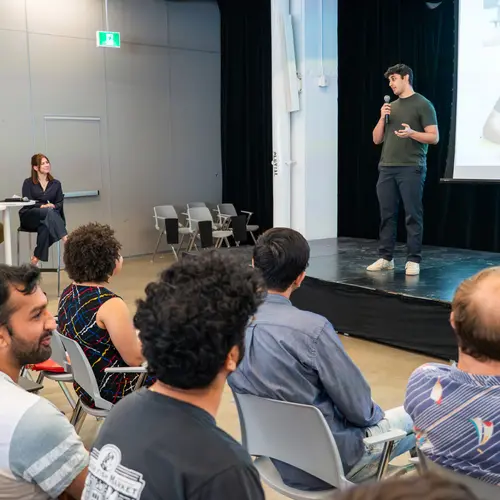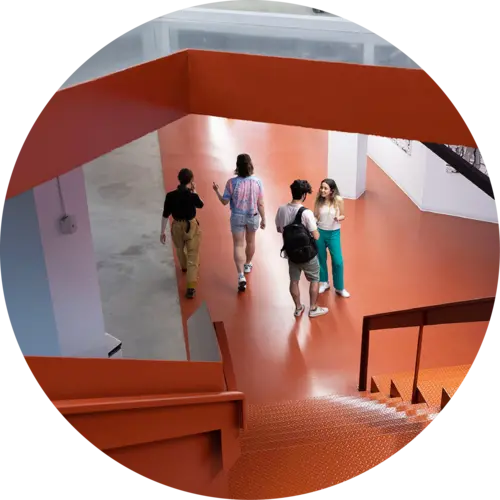
Alexandre Drouin
Biography
Alexandre Drouin is a research scientist at ServiceNow Research in Montréal, and an adjunct professor of computer science at Université Laval. He also leads ServiceNow’s Human Decision Support research program, which explores the use of machine learning for decision-making in complex dynamic environments.
Droiun’s main research interest is causal decision-making under uncertainty, where the goal is to answer questions of causal nature (interventions, counterfactual), while accounting for sources of uncertainty, such as ambiguity in causal structures and unmeasured variables. He is also interested in probabilistic time series forecasting and its use in foreseeing the long-term effect of actions. His PhD in computer science from Université Laval was on machine learning algorithms for biomarker discovery in large genomic datasets and their application to the global problem of antibiotic resistance.


